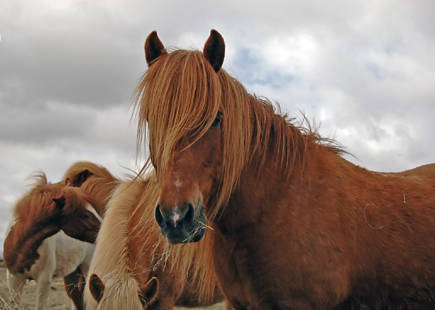Thursday 24th October, 2019

Thinking of clipping your horse this season? There are many schools of thought when it comes to clipping. Here we weigh up the pros and cons of how, why and when it should be done.
Clipping is the practice of shaving a horse’s winter coat back with clippers. There are different styles, with the most common being a full clip, blanket clip, trace clip or a bib clip. A full clip removes all the coat, a blanket clip leaves an area of hair the size of an exercise sheet, a trace clip runs along the horse’s side, removing hair from halfway down the abdomen and flank, including the belly and loins, and a bib clip simply removes hair from the neck and underside.
The main reason to clip a horse is to prevent him overheating during exercise. It is usually done at the beginning of Autumn as the temperatures begin to fall. Horses that have a thick winter coat can sweat excessively which can be dangerous to the horse. Firstly, he will be at risk of getting a chill if he sweats then remains wet and cold due to a thick coat. Secondly, he may suffer with sores around the saddle and girth area if becoming repeatedly sweaty. Clipped horses dry much quicker post exercise than their non-clipped counterparts.
If your horse is turned out during the winter, he will benefit from having a winter coat, so it is essential that you don’t over-clip your horse. Consider the workload he will be doing, will you be competing throughout the winter or simply hacking out? Horses that have a very light workload need only a modest clip, such as a bib clip to remove hair from the neck, chest and girth area only.
It is also worth noting that horses who have been clipped, especially a full clip, will require rugging to protect them from the elements. You may also like to stable your horse during particularly cold spells to help him keep warm and toasty. If you have limited time to rug up and/or bring him in daily, then perhaps you might consider allowing your horse to retain his winter coat.